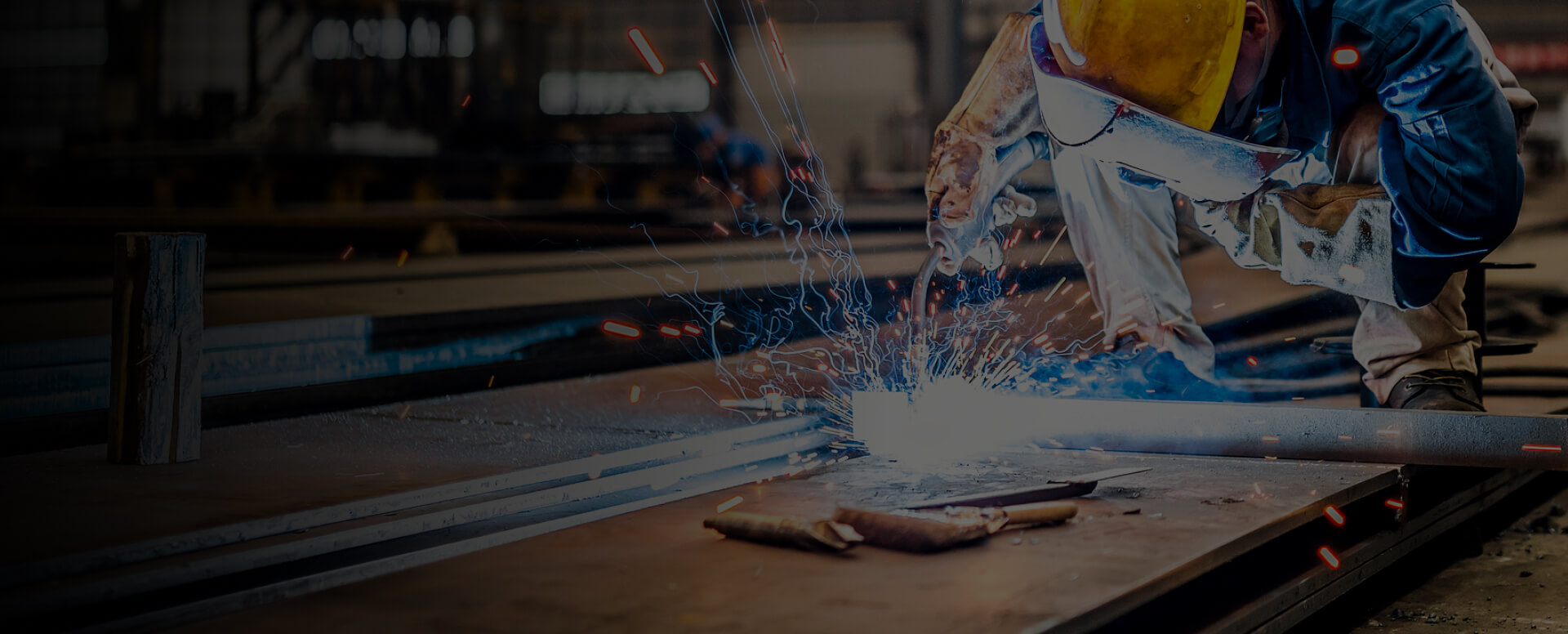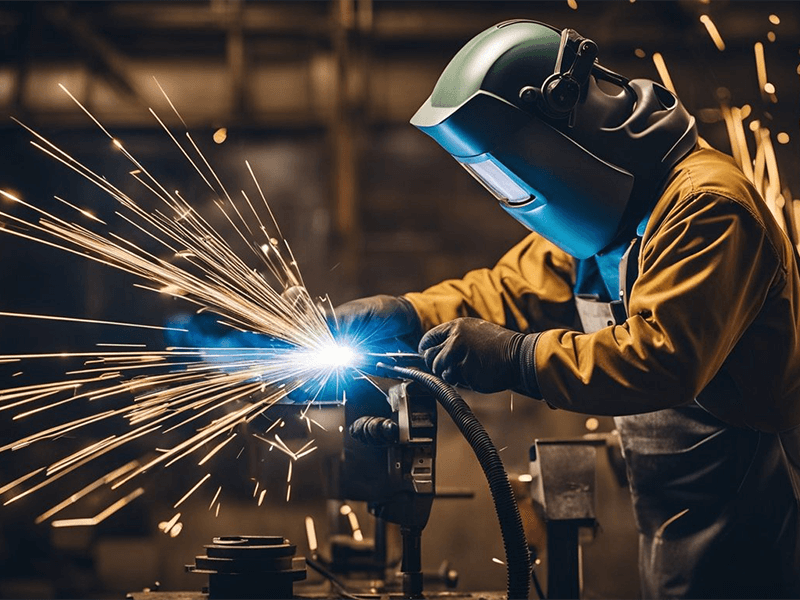
I find fillet welding to be one of the most practical welding methods, widely used for joining parts of metal and at right angles. "Fillet welds also play an important role in the construction of bridges, ships and various frames," Hicks said. Fillet welds are often the best choice to ensure the necessary structural safety. This type of welding is popular because it is simple and efficient, because fillet welds do not require the precise edge preparation that some welding methods do. In addition, fillet welds are best suited to joining smaller metal pieces: for example, brackets, wiring, and small pipes used in residential construction and repair.
The first advantage of fillet welding is related to cost. Fillet welding is efficient in that it requires less welding material than, for example, more expensive welding technologies combined. Fillet welding does not require expensive materials, which makes it an effective method in large-scale construction. The cost difference is obvious: the filler material required for a standard fillet weld is about 25% of the filler material required for a Hicks groove weld of the same size.
The second advantage is the speed of construction. Experienced workers can complete and lay fillet welds faster than other welding types, and the increase in welding speed increases industrial productivity and reduces labor costs. Finally, I think fillet welds have a higher quality and joint strength. If the right materials and techniques are used, the actual strength of a fillet weld can be equal to or greater than the original strength of the object being welded.
Related Articles

The 5 Parameters of Welding
The five key welding parameters are current (40-200 amps), voltage (18-29 volts), travel speed (8-18 inches per minute), electrode type (e.g. E6013, E7018), and shielding gas mixture (e.g. 75% argon, 25% CO2). Table of Contents Switch Current Voltage Travel Speed Electrode Type and Size Shielding Ga

MIG Vs. FCAW Welding: Key Differences & Application Scenarios
MIG welding requires external gas and is cleaner, ideal for thin materials. FCAW is versatile, self-shielded, better for thick materials and outdoor use, faster, and less sensitive to surface contaminants. Table of Contents Toggle Electrode TypeShielding GasUsability and ApplicationPerformance in Di

